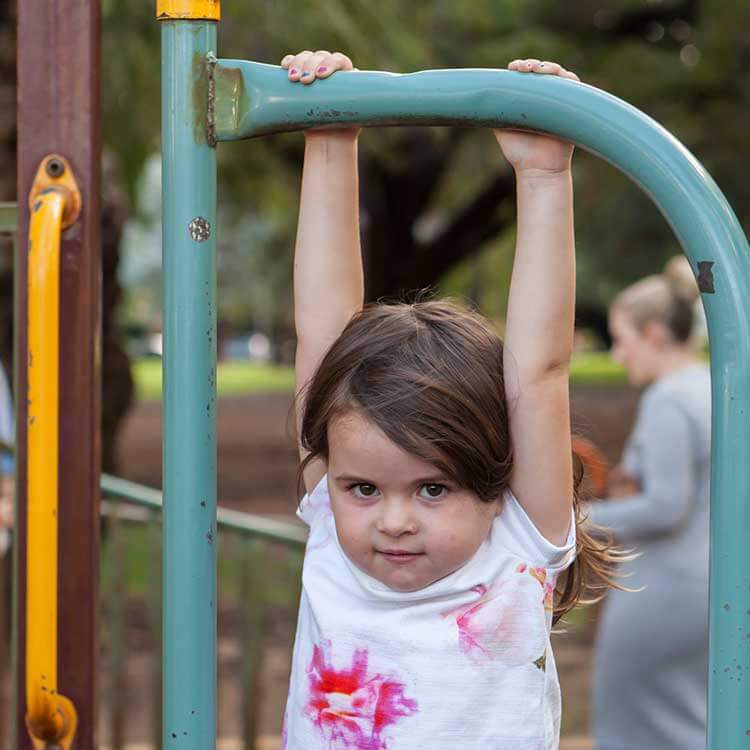Search
Research
Cyanide in bronchoalveolar lavage is not diagnostic for Pseudomonas aeruginosa in children with cystic fibrosisWe investigated whether cyanide in bronchoalveolar lavage (BAL) fluid could be used as an early diagnostic biomarker of infection in kids with cystic fibrosis
Research
Innate inflammatory responses of pediatric cystic fibrosis airway epithelial cells: Effects of nonviral and viral stimulationThere is controversy regarding whether cystic fibrosis (CF) airway epithelial cells (AECs) are intrinsically proinflammatory.
Research
Monocytes from children with clinically stable cystic fibrosis show enhanced expression of Toll-like receptor 4Lung disease in patients with cystic fibrosis (CF) is characterized by recurrent bacterial respiratory infections and intense airway inflammation.
Research
Lung function testing in preschool-aged children with cystic fibrosis in the clinical settingThis study investigated the nature and prevalence of atypical pain responses in Rett syndrome and their relationships with specific MECP2 mutations.

The Airway Epithelial Research Team is investigating the role of the epithelium in the development of airway diseases including asthma, cystic fibrosis and lung transplant rejection.
Research
A Small Device May Deliver King-Sized Solutions for Patients With an Exacerbation of Cystic FibrosisThe aim is to examine whether using a portable spring-infusor device to deliver antibiotics compared with a standard infusion pump (SIP) translated to (i) improve health outcomes, (ii) reduce the length of stay (LoS), and (iii) reduce cost for treatment of exacerbations of cystic fibrosis.
Research
Cystic FibrosisCystic fibrosis (CF) is the most common chronic, life-shortening genetic condition affecting young Australians. There is no cure but researchers are working to prevent the onset of lung disease.
Research
Impact of lung disease on respiratory impedance in young children with cystic fibrosisThe present study investigated whether lung function measured by forced oscillation technique would be impaired in the presence of infection,...
Research
Lung Clearance Index and Structural Lung Disease on Computed Tomography in Early Cystic FibrosisLung clearance index may be a useful surveillance tool to monitor structural lung disease in preschool and school-age children with cystic fibrosis
Research
Parental experiences of early pulmonary surveillance for children with cystic fibrosis: A research proposal for improved family psychosocial outcomesThe proposed study intends to explore parental experiences, including coping, related to their child's involvement in the early surveillance program.
